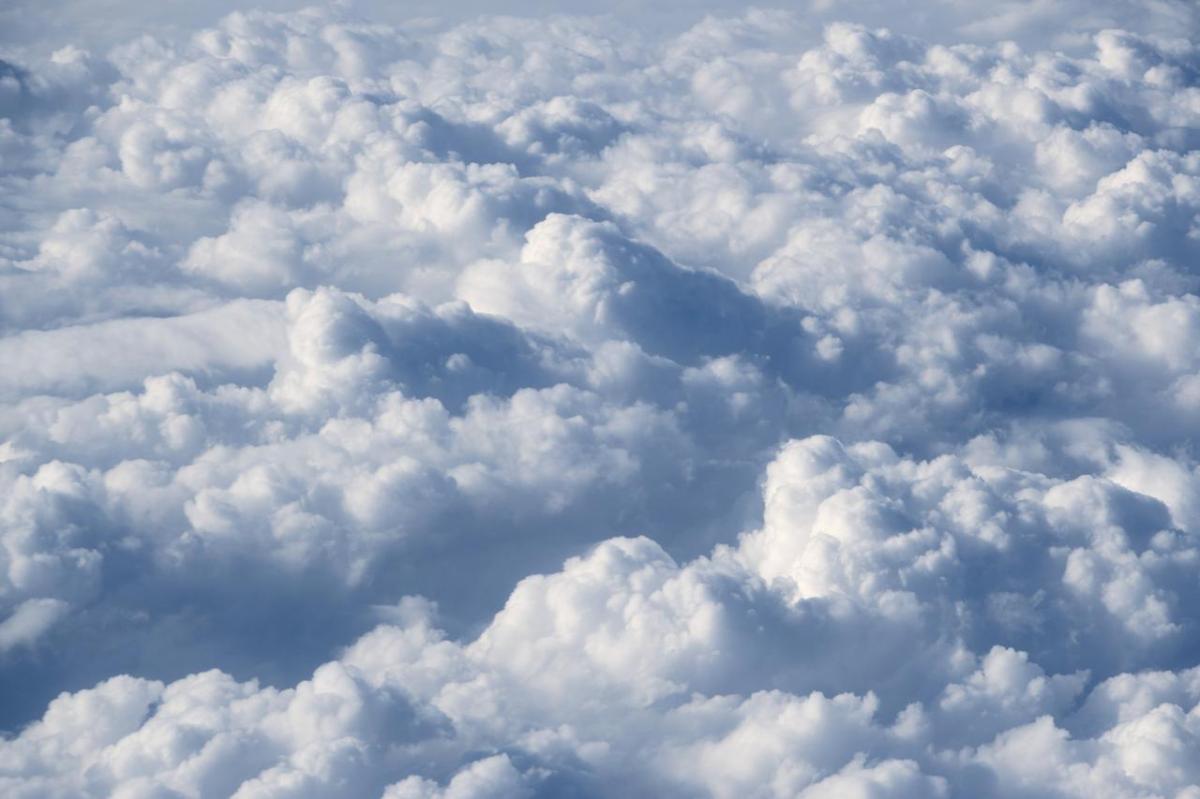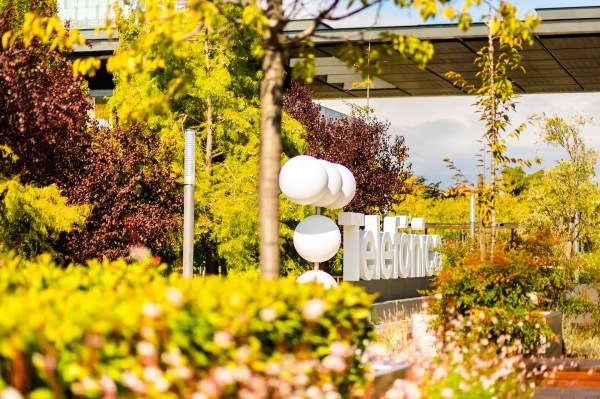The progressively rising temperatures are causing melting ice and more severe meteorological phenomena events such as hurricanes, droughts and flooding
What is the greenhouse effect?
Before solving the question, it’s important to understand how a greenhouse works. A greenhouse is a structure made of plastic or metal supporting a translucent material made of plastic or glass that allows the sunlight to enter, retaining the heat and humidity inside it.
Now let’s imagine that the Earth is a large greenhouse. In this case, the plastic and glass that retain the temperature are the different components of the atmosphere. The main gases produced by the greenhouse effect are water vapour, carbon dioxide, nitrous oxide, methane and ozone. In other words, all these elements retain the heat on our planet, causing its temperature to rise.
When did the greenhouse effect begin? Numerous scholars point to the birth of the Industrial Revolution. From that moment onwards, there was a huge increase in emissions of greenhouse gases into the atmosphere, chiefly due to the use of fossil fuels and the production of electricity.
Just one example to put the above into context: according to Statista, 44.5 million tonnes of CO₂ were emitted into the atmosphere in Spain in 2022. And 35.91 million tonnes in 2021. 2022 was the year in which Spain broke its streak of four consecutive years of falling CO₂ emissions.
Causes of the greenhouse effect
The main cause of the greenhouse effect is the progressive increase in the temperatures on our planet. An article published by the UN titled Alarming rise in global temperatures explains that the years between 2016 and 2022 were the warmest ones on record since 1880. In 2020 the temperature stood 1.2°C above the temperature before the Industrial Revolution. In addition, the World Meteorological Organisation (WMO) predicts that there’s a 20% likelihood of the rise in temperatures temporarily exceeding 1.5°C in 2024.
These are some of the main causes of the greenhouse effect:
- Greenhouse gas emissions: the burning of fossil fuels such as oil, natural gas and coal emits gases such as carbon dioxide, methane and nitrous oxide into the atmosphere.
- Deforestation: the indiscriminate felling of trees, the removal of forests and entire rainforests eliminates the ability of vegetation to absorb the carbon dioxide in the atmosphere.
- Agriculture: intensive livestock farming, the use of fertilisers and the burning of agricultural waste.
- Industries and manufacturing processes: the production of materials such as steel and cement, among others, releases large amounts of carbon dioxide.
- Means of transport: vehicles using fossil fuels are also responsible for the greenhouse effect.
Consequences of the greenhouse effect
The main consequence of the greenhouse effect is what’s known as climate change. This progressive increase in the temperature of our planet is leading to:
Melting glaciers and sea ice
Rising temperatures are causing the accelerated melting of glaciers and sea ice around the world. This, in turn, is raising sea levels. A study published in the Nature Communications journal shows that West Antarctica lost 3,331 thousand million tonnes of ice between 1996 and 2021. This event has caused sea levels to rise by more than nine millimetres around the world.
This progressive rise in the sea level is endangering some of the world’s cities. In a 2020 article National Geographic warns that Venice, Malé in the Maldives (the country at the lowest altitude in the world), St Petersburg, Tokyo, New Orleans and Jakarta are six cities that could disappear underwater by 2100.
Change of seasons
Climate change is affecting the seasons, a phenomenon causing imbalances in plants and animals. For example, climate change is causing changes in the migratory patterns of animals; a bear knows when there are salmon and travels to the rivers to feed on them. If the salmon migration changes, bears could eventually disappear.
Droughts and flooding
These are phenomena resulting from the previous one and also caused by the deforestation of forests and jungles. 15% of Spain’s territory is currently facing a drought emergency situation. Similarly, dry soil is less prepared for heavy rainfall, which can lead to flooding. We’ve also observed the risk of flooding associated with glacial melting.
How can we reduce the greenhouse effect?
The Paris Agreement, signed by 194 countries and the European Union, is the major initiative to set realistic long-term climate targets, such as reducing emissions by 55% by 2030 and achieving carbon neutrality by 2050. The Agreement also aims to limit global warming to below 2°C and strive to limit it to 1.5°C.
The private sector must play a role in achieving the goals set out in the Paris Agreement. Some even go a step further. For example, Telefónica has pledged to reduce its emissions by 90% and neutralise its residual emissions by means of the purchase of CO2 absorption carbon credits. In this regard, Telefónica forms part of 1t.org, an initiative led by the World Economic Forum NGO, which aims to reforest and restore one billion trees by 2030.
Electric transport and the use of green energies will also help to reduce the greenhouse effect, but these also pose ecological challenges. Ultimately, it’s in everyone’s hands to reduce emissions and curb climate change. We must no longer think only of ourselves, but also of the future generations to come.









